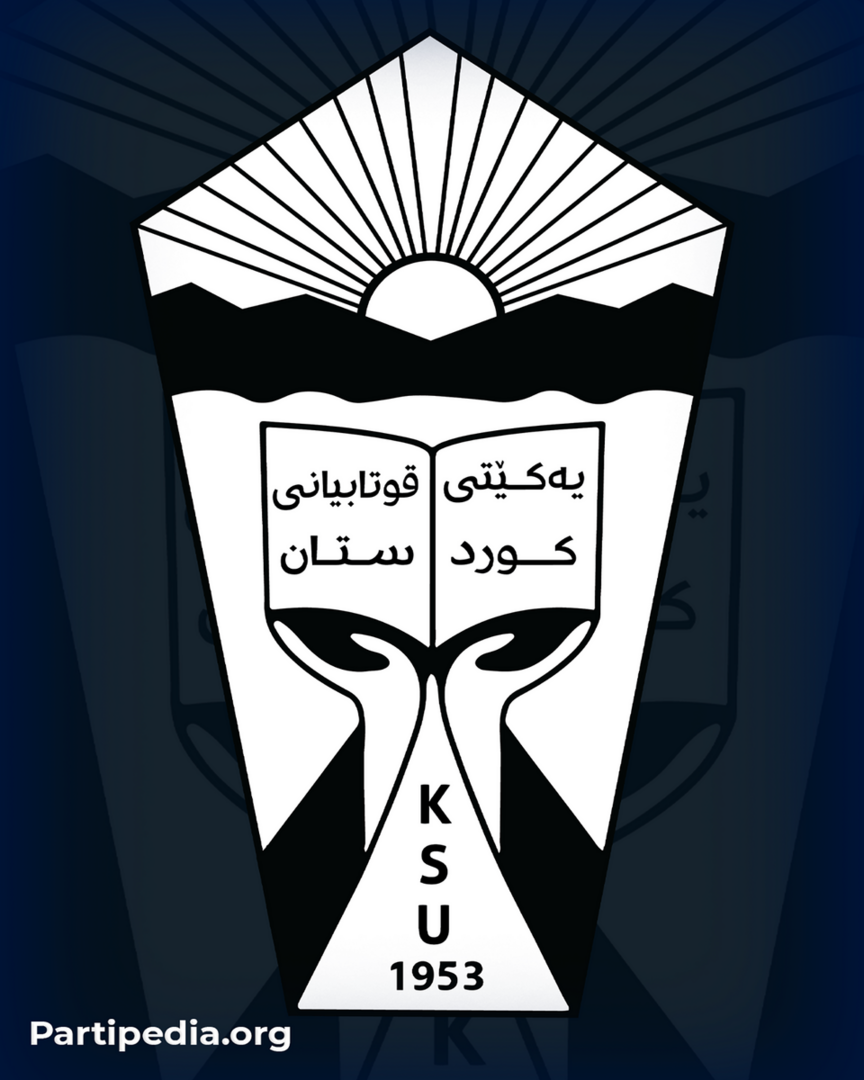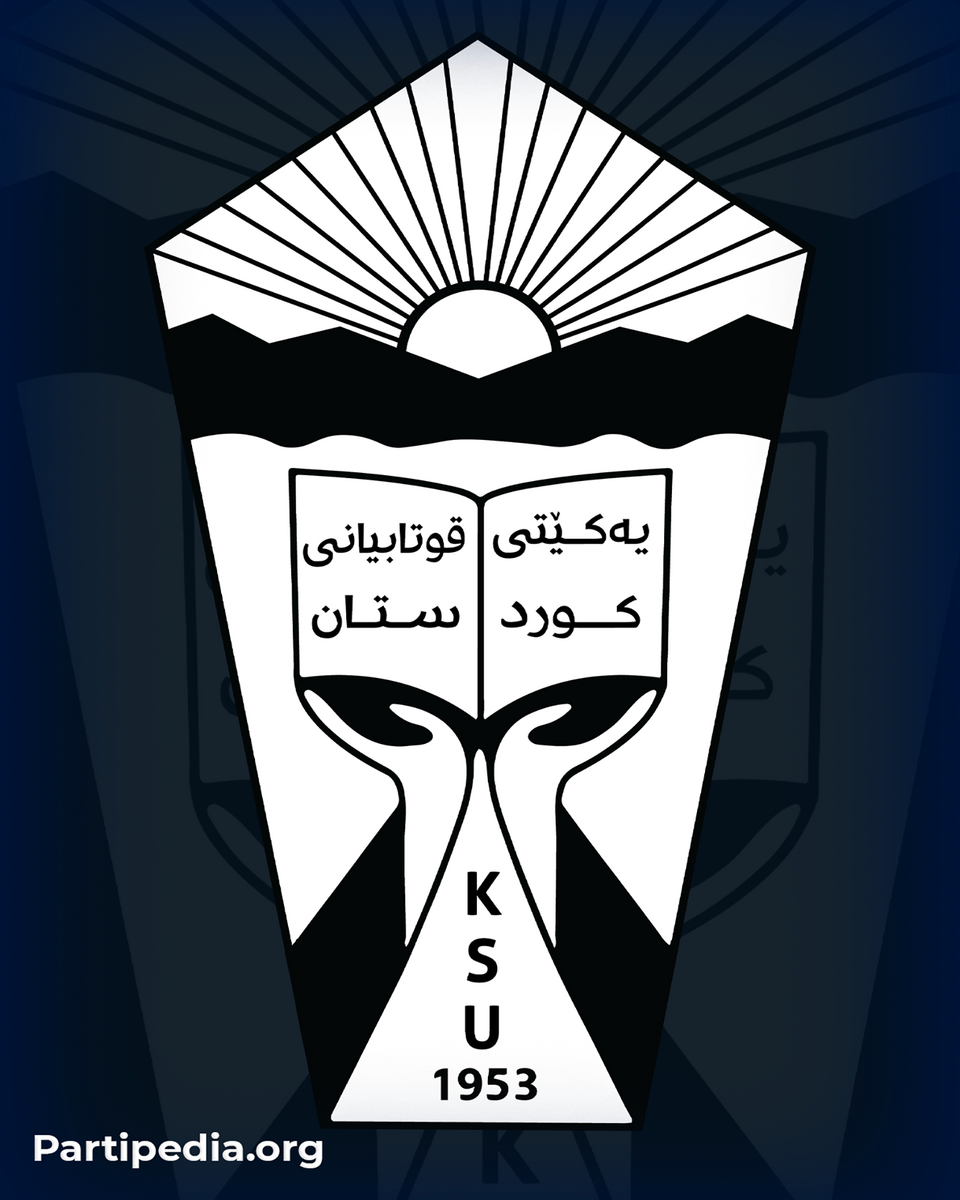A Historical Background
The founding of the Kurdistan Democratic Party (KDP) on August 16, 1946, and the subsequent alignment of all political organizations in South Kurdistan with the party marked a significant turning point in the Kurdish revolutionary movement in the region. At this juncture, recognizing the crucial role of active and influential segments of society, the party leadership sought to mobilize and organize various groups, including students. Students, as one of the most intellectually engaged and influential segments of society, were seen as vital to the party's broader objectives.
From the outset, the KDP, like other Iraqi parties and organizations, aimed to engage in the country's critical issues, primarily through its students, who were some of the party's most active members and played a significant role in events and developments. However, these activities were conducted within the framework of the General Union of Iraqi Students, which was heavily controlled by the Communists. Despite this, there were strong, cooperative relationships between the Kurdish students within the KDP and the Iraqi Communist Party1.
The efforts of Kurdish students to form their own organization began in the 1946-1947 academic year. During this period, Kurdish students from Koya Secondary School established a secret group known as the Educational Progress Association. This organization operated discreetly, organizing its members into a cell of just 30 individuals2.
In 1948, the Saba' Congress, held on April 14, made a historic decision to establish a student organization known as the General Union of Iraqi Students. Kurdish students were instrumental in the success of this congress. In the 52 schools where elections for congress representatives were conducted, candidates from the Kurdistan Democratic Party emerged victorious. Consequently, it was decided to open a branch of the Kurdistan Students Union-Iraq specifically to address the needs and concerns of Kurdish students3.
Establishment of the Kurdistan Students Union
Amid the shifting political landscape of Iraq, ideological and goal-oriented differences increasingly set Kurdish students apart from their peers across the country, leading to the emergence of two distinct movements, each pursuing its own objectives. In response to these developments, the Party leadership recognized the need for a dedicated Kurdish student organization within its framework. At its third congress on December 26, 1953, the Party resolved to establish the Kurdistan Students Union as part of its broader initiative to create mass organizations. Following this decision, Kurdish students swiftly mobilized and convened their inaugural congress in secret on February 18, 1953, in Baghdad.
The congress took place at the home of Ziad Hama Agha of Koya*, located near Bab al-Ma'azam, with fifty representatives attending from Baghdad University and the cities of Erbil, Sulaimani, Kirkuk, and Mosul. Key figures in the success of the congress included Ahmad Abdullah Amedi, Jalal Talabani, Shamsaddin Mohammed Mufti, Helmi Ali Sharif, Haider Hamad Amin, Mohammed Faraj, Ghafoor Rashid Agha, Faiq Sabri, and several other influential students5.
The congress, which spanned two days, involved thorough discussions and deliberations. It was decided to form two committees: one to revise the program and internal rules, and another to produce a publication explaining the reasons for and significance of establishing the organization. Following this, voting was conducted to appoint the president, secretary, and members of the secretariat. Ahmad Abdullah Amedi was elected as the first president, while Jalal Talabani was chosen as the organization's secretary. Although the presidency was considered largely symbolic, the real decision-making and executive authority rested primarily with the secretary and the secretariat. The seven members of the Secretariat were elected as follows:
1- Shamsaddin Mohammed Mufti
2- Fazel Saeed Agha
3- Omar Mustafa (Dababa)
4- Kamal Mohiuddin
5- Helmi Ali Sharif
6- Haider Hamad Amin
7- Ghafoor Rashid Agha7.
Subsequently, the High Committee (Secretariat Bureau) appointed Jamal Shali as the head of relations for the colleges of Baghdad University. Following the congress, a booklet titled “Why Kurdistan Students Union?” was published in Arabic. The Union established branches in several cities, including Baghdad, Erbil, Sulaimani, Kirkuk, Koya, Rawanduz, Khanaqin, and Mosul. These branches facilitated the expansion and development of the Union's activities and operations.
After serving as president of the organization for a year, Ahmad Abdullah Amedi resigned in 1954 following his graduation from the Teachers' Higher Institute and his subsequent employment as a teacher. Shamsaddin Mohammed Mufti was appointed to succeed him as president of the Kurdistan Students Union.
As a result, Kurdish students' activities within the General Union of Iraqi Students became distinct from those of their own organization. Members of the Kurdistan Democratic Party (KDP) intensified their efforts and struggle within the Kurdistan Students Union. This shift aimed to advance the cultural and revolutionary movement and to better serve students in South Kurdistan.
Source:
1.kdp Encyclopedia Archive.





